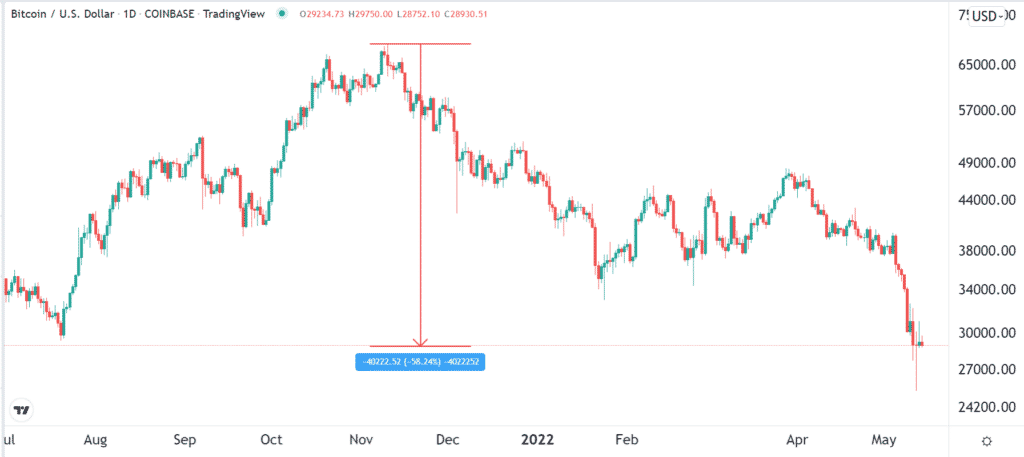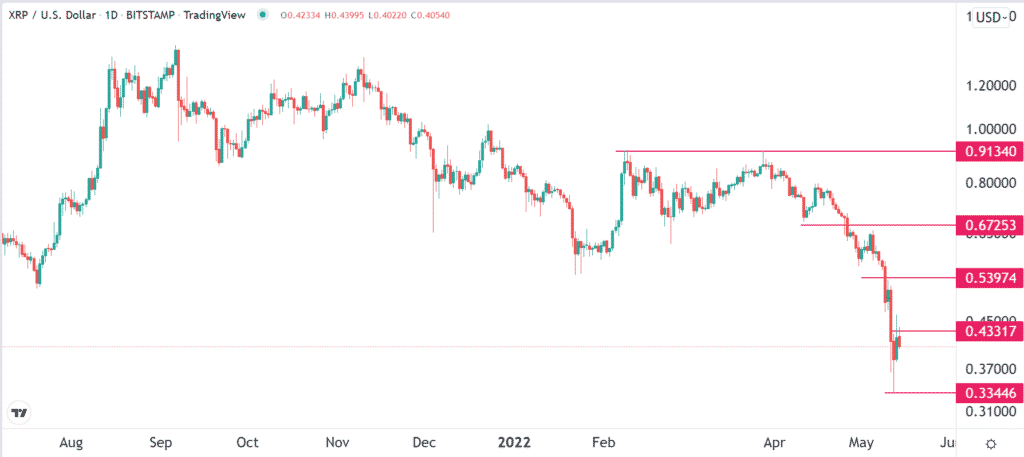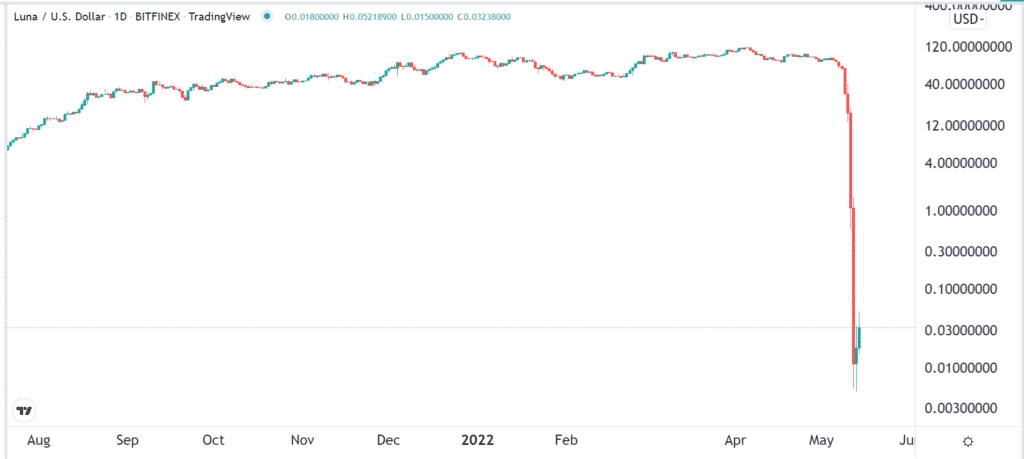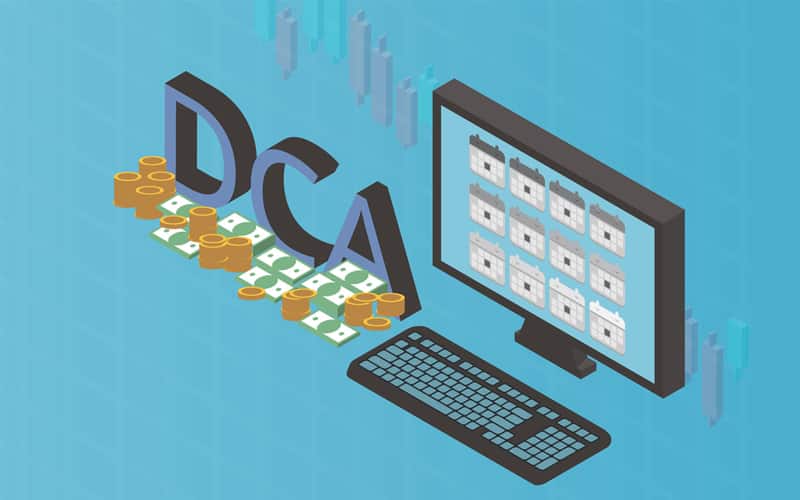Cryptocurrencies, like all other financial assets, don’t always move in a straight upward trend. In many instances, these assets tend to decline sharply over a long or short period. For example, between November 2021 and May 2022, Bitcoin declined by over 58% as demand for digital coins evaporated.
Trading in these market conditions is relatively easy for experienced professionals because most trading platforms provide an opportunity to short the asset. Shorting allows them to benefit as the cryptocurrency price drops.

In this article, we will look at the concept known as dollar-cost averaging (DCA), which is one of the most popular approaches to investing in cryptocurrencies and stocks.
What is dollar-cost averaging?
Dollar-cost averaging is an investment strategy that involves buying a certain financial asset over time as its price declines. The idea is that you will generate significant returns over time if the price manages to recover.
This trading approach is not new. Indeed, it has been used in the financial market for more than a century. It has been applied in trading assets like stocks, currencies, commodities, and even in the bond market.
How dollar-cost averaging works
The idea behind DCA is quite straightforward. For example, assume that you have $10,000 and you want to invest in a cryptocurrency like XRP. Assume that your focus on the coin started when it was trading at $0.9134.
In this case, if you decide to spend all the $10,000 on XRP, you will have 10,950 XRP tokens. In this case, if the coin moves to $1.5, you will have $16,425. In this case, you will have made a profit of $6,425.
However, if the coin is in a bear market and it drops to $0.45, your $10,000 will be worth about $4,927. As such, you would have lost over $5,000.
Now, in dollar-cost averaging, the approach is to stagger the $10,000 over an extended period. Some investors decide to buy the asset when it declines to a certain level. Others use specific periods to implement the trades. This could mean buying a certain amount of cryptocurrency per week.
Example of a dollar-cost averaging investment
Let us look at this in the example below. With the $10,000, a trader can decide to execute five trades, each worth $2,000.
In the first trade, they will buy XRP at $0.9134 at $2,000. In this case, they will have 2,189 XRPs. Next, they will buy 2,973 XRP at $0.6725. In the next trade, the trader will buy 3,705 XRP tokens. Further, they will acquire 4,617 XRP and 5,980 XRP at $2,000 each.

Therefore the investor will have 19,464 XRP tokens by using the dollar-cost averaging approach. If the trader used all the $10,000 at $0.9134, they would have 10,948 tokens.
Profit and loss in DCA
Buying crypto with all your funds at once is usually riskier than using the DCA approach. Let us first estimate the profit if the XRP price manages to recover to $1.5. For the trader who spent the entire amount at $0.9134, their total amount will be $16,422. Of this, their profit will be $6,422.
The profit of the trader who used the discounted cash flow method will be much bigger. For the final trade at $0.3344, the profit will be $6,971. For the trade at $0.4331, the profit will be $4,926. The next trade at $0.5397, the profit is $3,558. For the trades at $0.6725 and $0.9134, the profits will be at $2,460 and $1,284, respectively.
In total, the trader will have a profit of $19,199. This means that the trader who used the dollar-cost averaging made more money than the one who bought it in a lumpsum amount.
Benefits of using dollar-cost averaging
There are a number of benefits of using the dollar-cost averaging in cryptocurrency trading. First, if it works out well, as with the example above, the approach can be extremely profitable than buying it at a lumpsum price.
Second, dividing the funds over a long time can help you avoid making an investing mistake. For example, the trader who bought XRP with $10,000 at $0.9134 would experience a significant loss if the price dropped to $0.30 and remained there for a long time.
On the other hand, a trader who divides the $10,000 into five chunks of $2,000 can decide to halt the purchases when it drops to $0.5391. As such, if the sell-off continues, your risk will be limited. Further, dollar-cost averaging is a good approach to managing your investment discipline.
Cons of using DCA
While DCA is a good investment approach, it has its risks. First, there is a risk that the price will keep falling. A good example of this is what happened in Terra LUNA. In May 2022, the coin suddenly started crashing. It managed to move from over $50 to $0.002. Therefore, in this case, people who used dollar-cost averaging also lost money.

Another risk is that the price could start rising after you made the initial $2,000 purchase. If it moves parabolic, you will only benefit from the $2,000 that you invested. In this case, you will spend the remaining $8,000 buying the asset at a higher price.
Summary
In this article, we have looked at what dollar-cost averaging is and how it works. We have also examined several working examples. Further, we explained the key benefits and disadvantages of using the approach in cryptocurrencies.



